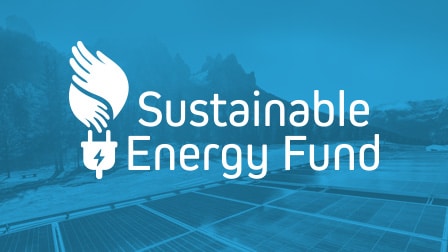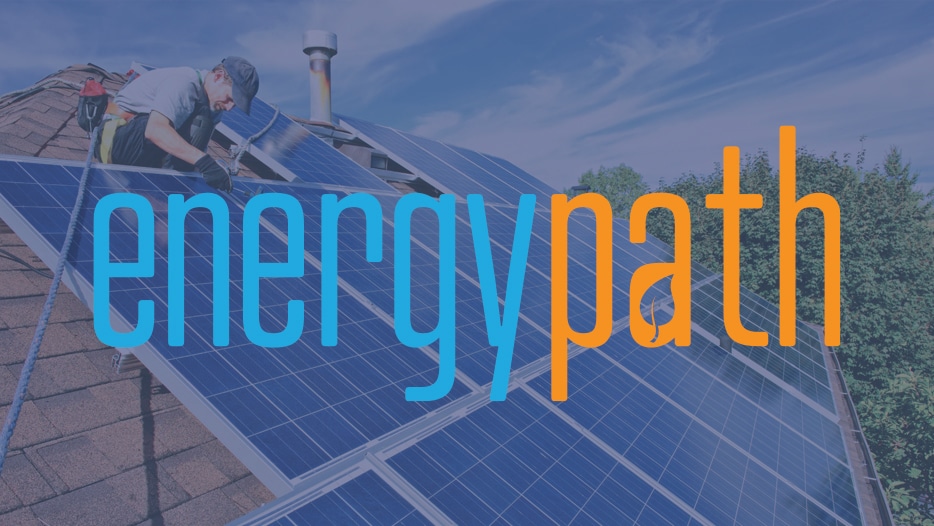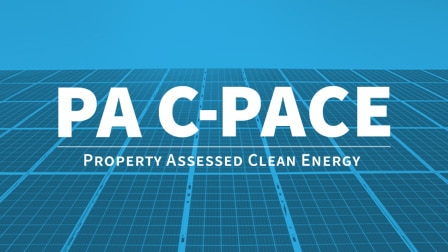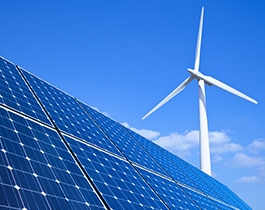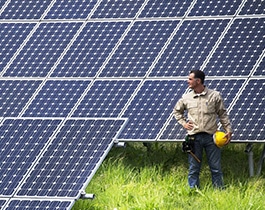Sustainable Energy Fund is pleased to announce the official dates for our 13th annual Energypath 2026, which...
» Read MoreMost Common ECMs Recommended in an Energy Audit
In an increasingly competitive world, small and large businesses alike are looking for ways to eliminate waste from their operations. Fortunately, operating cost reductions can be found by taking a solid look at an organization’s energy use. Every day, more businesses realize the potential of implementing energy conservation measures (ECMs) to reduce their energy consumption. Many of these reductions come at a minimal cost. More importantly, the benefits are numerous. By implementing various ECMs, businesses can reduce their monthly energy costs and wear and tear on facility equipment, as well as improve occupants’ comfort and create a positive impact on the environment.
At Sustainable Energy Fund, we have found that many Pennsylvania buildings can benefit from these upgrades by conducting energy audits. An energy audit is designed to find where energy is being wasted and what ECMs there may be, and then gauge their cost effectiveness. Some ECMs are easy to identify while others may require more in-depth assessment. Recommendations are made with careful consideration according to the payoff period and the specific needs of the facility.
While there are many ways to improve an organization’s energy use, there are some areas of potential regularly seen during walkthrough energy audits. These common ECMs are:
Lighting
With the evolution of LED lighting technology, converting to LEDs is now one of the primary ECMs recommended to energy users. LED technology has progressed rapidly in recent years, now offering options for almost any type of fixture. LEDs can offer notable savings – often around 50% of lighting energy costs. Most LEDs can also last far longer than their substitutes, significantly reducing lighting replacement and disposal costs. LEDs also do not contain mercury, which can reduce disposal costs even further. LED retrofits are easy to implement and typically recoup their costs within a few years, if not sooner.
Air Sealing
Air leaks are often considered one of the biggest losses of energy in a building. The Department of Energy estimates 10-20% of our heating and cooling costs could be avoided by sealing up air leaks around the building envelope. Some of the low hanging fruit in air sealing include weatherstripping doors, caulking, weatherstripping windows, and sealing up building penetrations. Achieving a 10-20% reduction in costs will likely require more extensive air sealing methods such as wrapping the building or using spray foam insulation. Also, reducing drafts and temperature changes can reduce the wear on HVAC equipment and add to the occupants’ level of comfort.
Programmable Thermostats
Once the building envelope is sealed, it is also important to manage building temperature. While older thermostats are capable of regulating a facilities’ temperature, newer, smart thermostats more easily allow you to manage the indoor environment. Some of the greatest savings can be realized when building occupants actively decide when to use energy. Smart thermostats can turn down – or off – HVAC systems when they are not in use and can learn a building’s usage habits to maximize efficiency. By adjusting the thermostat by just 10° for 8 hours a day, a business could reduce their annual heating and cooling costs up to 10%.
Building Automation Systems
Building automation systems (BAS) also have the potential to reduce consumption. Also termed building management systems, these systems use a centralized computer to monitor and manage multiple facility systems at once, including lighting, HVAC, plumbing, security, and other systems. Sensors, controllers, output, and communication devices are networked with the system’s hardware and software to integrate facility operations cohesively. While traditionally only large buildings are likely to integrate BAS systems, there is the potential for small and mid-size buildings to integrate systems as well.
Insulation
Insulation is another area where many facilities come up short. Only 9% of commercial buildings in the northeast region have taken advantage of insulation upgrades despite the considerable potential for savings. This percentage reflects the national average of only 7%. The Department of Energy estimates that coupled with air sealing, up to 20% of heating and cooling costs can be saved from insulating attics, floors, and basement spaces. Adding insulation up to recommended levels can be a cost-effective strategy to reduce energy costs and can increase the level of comfort within a building. In today’s competitive markets, businesses are continually tasked with improving their operational efficiency. Today’s energy technologies allow us to better understand how our energy usage compares to others and determine how to cost-effectively reduce consumption and overhead. Businesses that invest in themselves give themselves an advantage. Why not invest in your energy efficiency? Visit www.thesef.org to learn more about how Sustainable Energy Fund can help you discover energy saving opportunities.
